We went out “sandbarring” below Cedar Bluffs last week. “Sandbarring” is a word I made up, referring to the practice of walking on a sandbar to observe and contemplate the geology, biology, and archaeology of the sandbar.
noun
a bar of sand formed in a river or sea by the action of tides or currents.
“Sandbarring” would be a verb.
A bar in a river is an elevated region of sediment (such as sand or gravel) that has been deposited by the flow. Types of bars include mid-channel bars (also called braid bars and common in braided rivers), point bars (common in meandering rivers), and mouth bars (common in river deltas). The locations of bars are determined by the geometry of the river and the flow through it. Bars reflect sediment supply conditions, and can show where sediment supply rate is greater than the transport capacity.
We went out to two sandbars. One at Eveland Access and the other where the Des Moines River crosses 310th or G71.
The sandbars are, as near as I can tell, point bars.
A point bar is a depositional feature made of alluvium that accumulates on the inside bend of streams and rivers below the slip-off slope. Point bars are found in abundance in mature or meandering streams. They are crescent-shaped and located on the inside of a stream bend, being very similar to, though often smaller than, towheads, or river islands.
Point bars are composed of sediment that is well sorted and typically reflects the overall capacity of the stream. They also have a very gentle slope and an elevation very close to water level. Since they are low-lying, they are often overtaken by floods and can accumulate driftwood and other debris during times of high water levels.
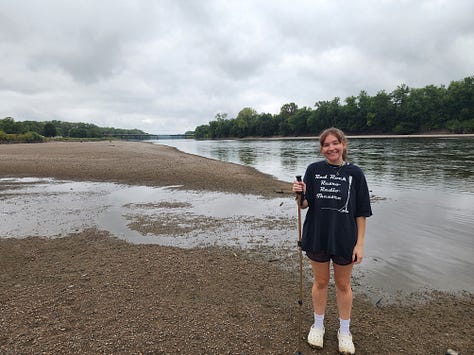
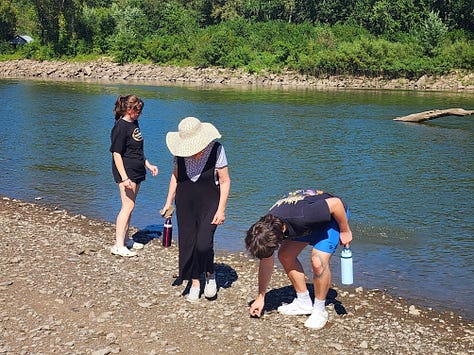
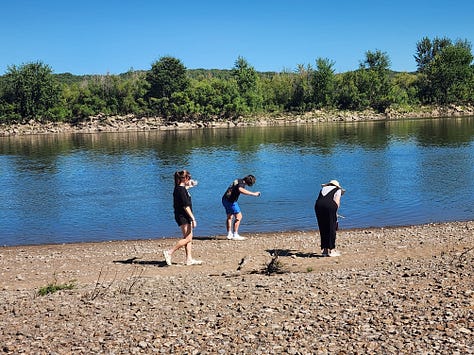
We had lots of fun sandbarring! It involves much walking and showing each other the cool things we find. Sometimes we Googled stuff to learn more, but mostly we just appreciated what we found and each other.

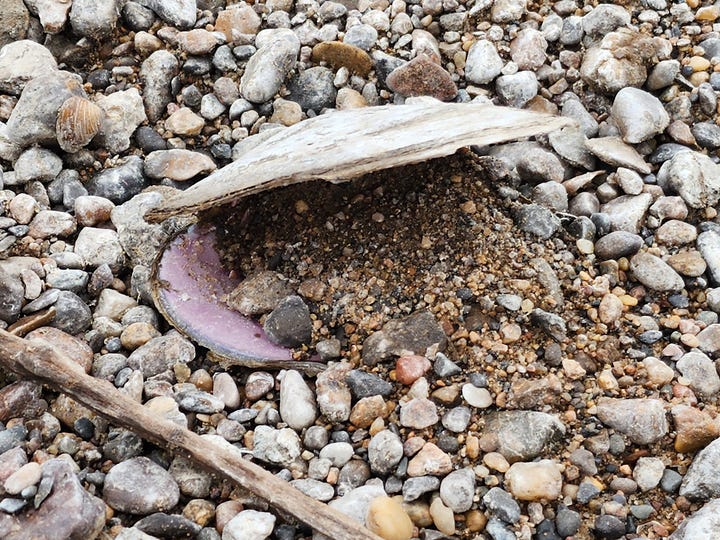
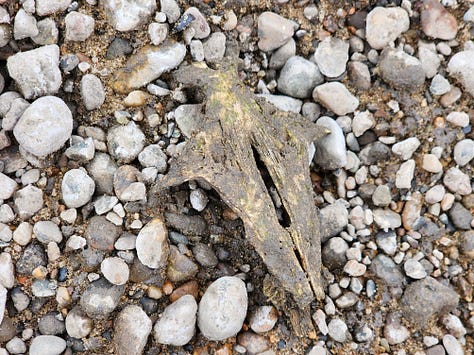
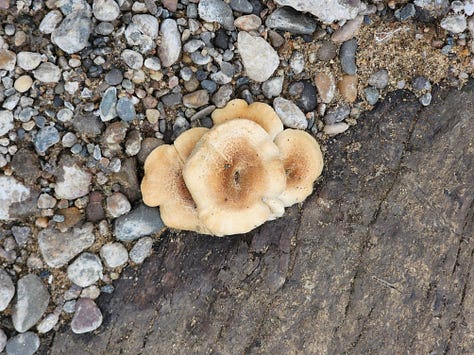
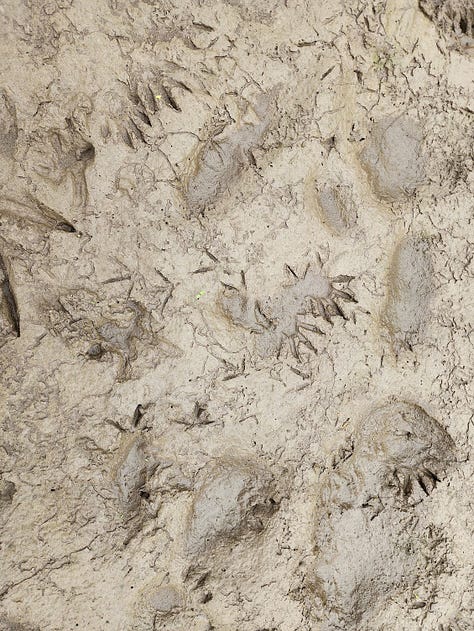
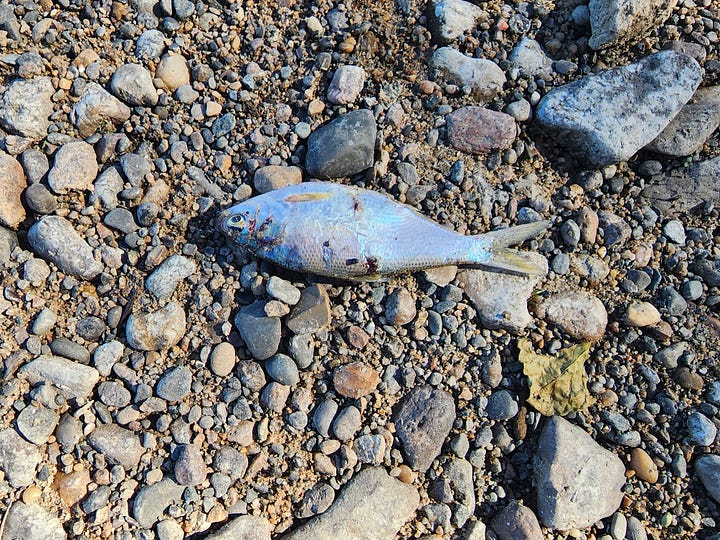
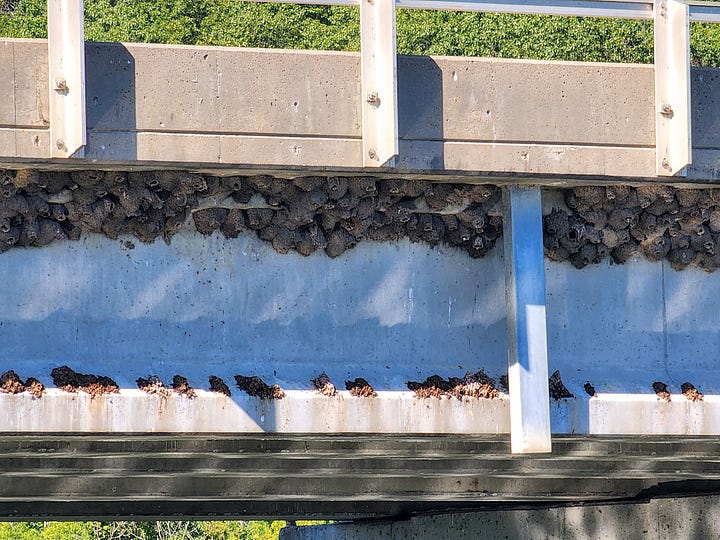
I found this Archaic period tool.
The Archaic Period in Iowa refers to prehistoric remains that occur after those of the Paleo-Indian period and between 10,000 and 3,000 years ago.
It looked to me like it was made of yellow chert, but Professor Pete Eyheralde of William Penn University tells me that it is likely made of Burlington chert that has absorbed iron associated with coal beds.
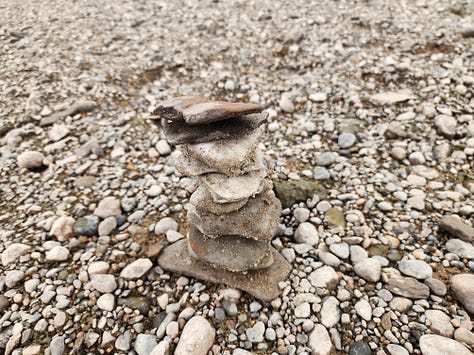
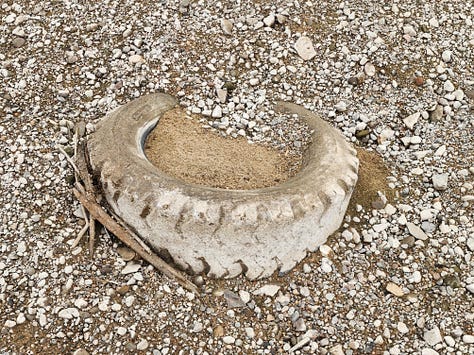
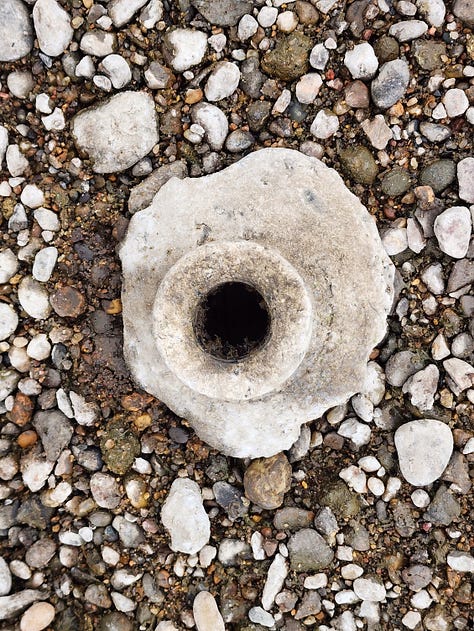
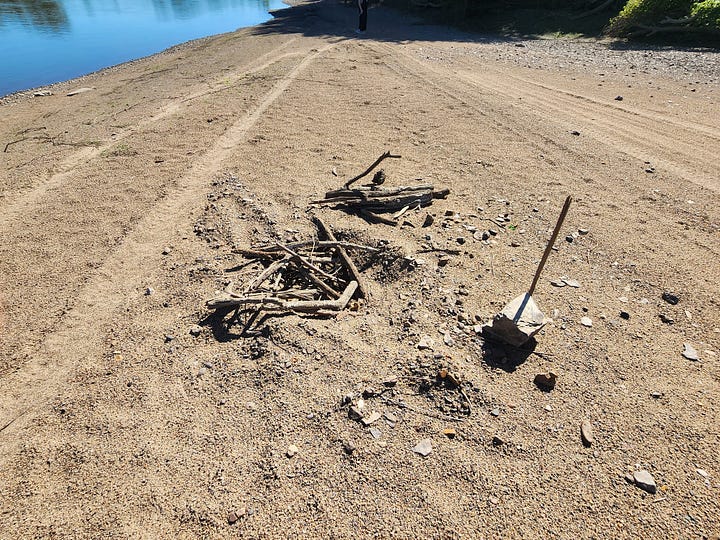
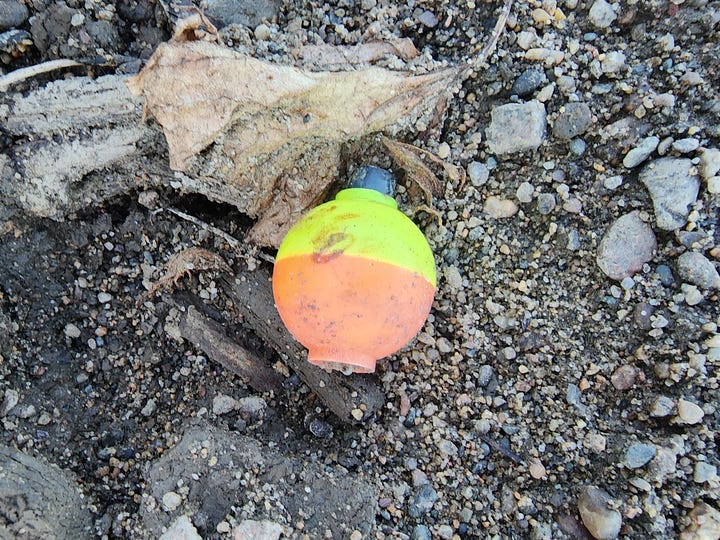
Archaeologists, following the work of Mike Schiffer, 1975 and subsequent works often talk about how artifacts enter the archaeological record through loss, discard, and abandonment. What do you think of the above artifacts?
Let’s go sandbarring!
Here are three of my favorite nature Substacks: My friend Larry Stone’s “Listening to the Land,” Diane Porter’s My Gaia, and Al Batt’s Al’s Substack. Please consider subscribing. All three will entertain, educate, and soothe your soul.
I’m a member of the Iowa Writers Collaborative. Please sample the talents of my fellow collaborative members. If you can afford to be a paid subscriber, that would be great. If not, the vast majority of content is free.
This column will always be free, but if you can’t afford a subscription and would like to “buy me” a cup of coffee or lunch, my Venmo account is @Robert-Leonard-238. Thanks!

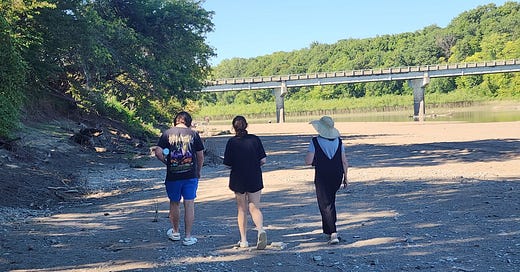



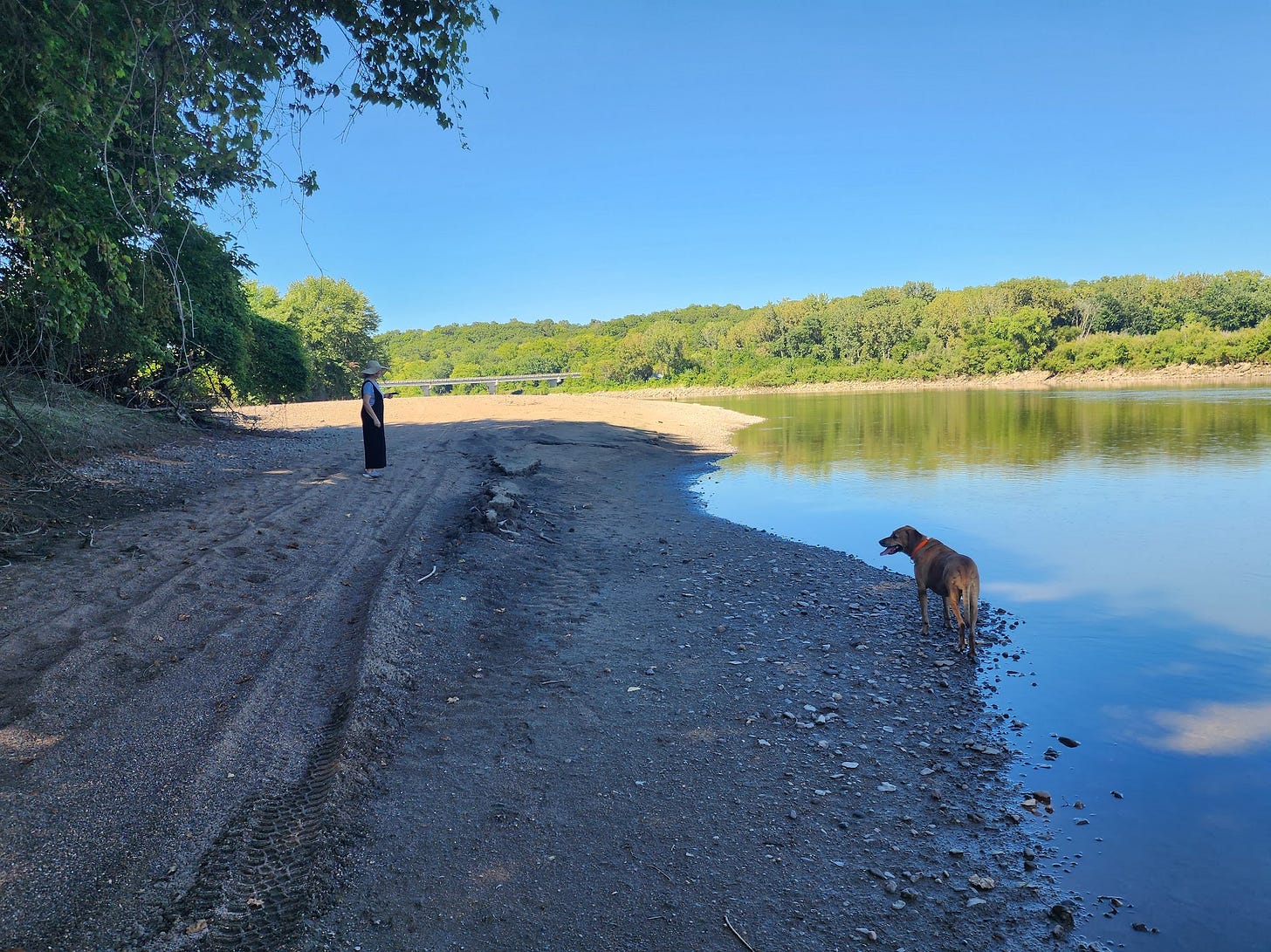
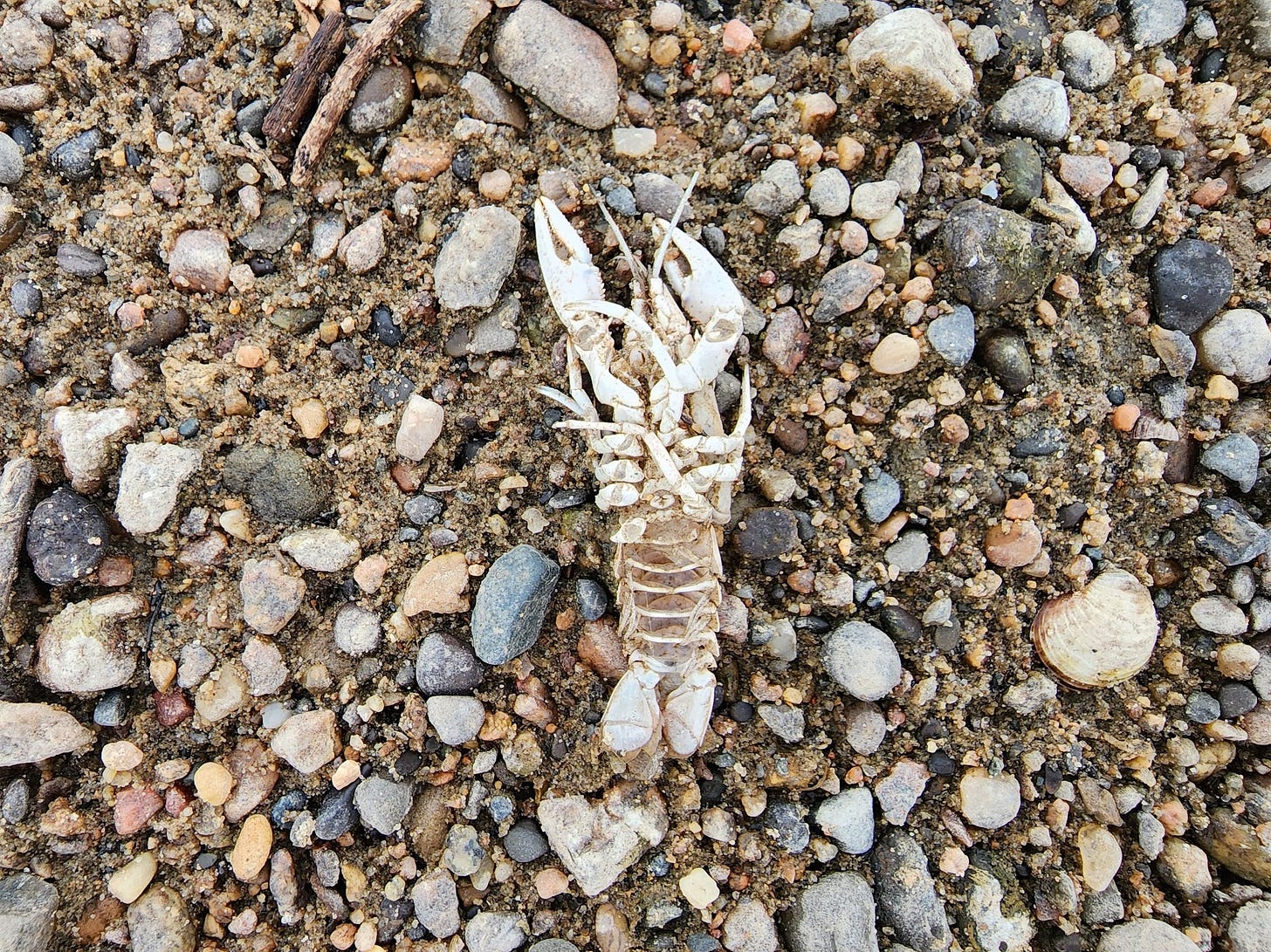
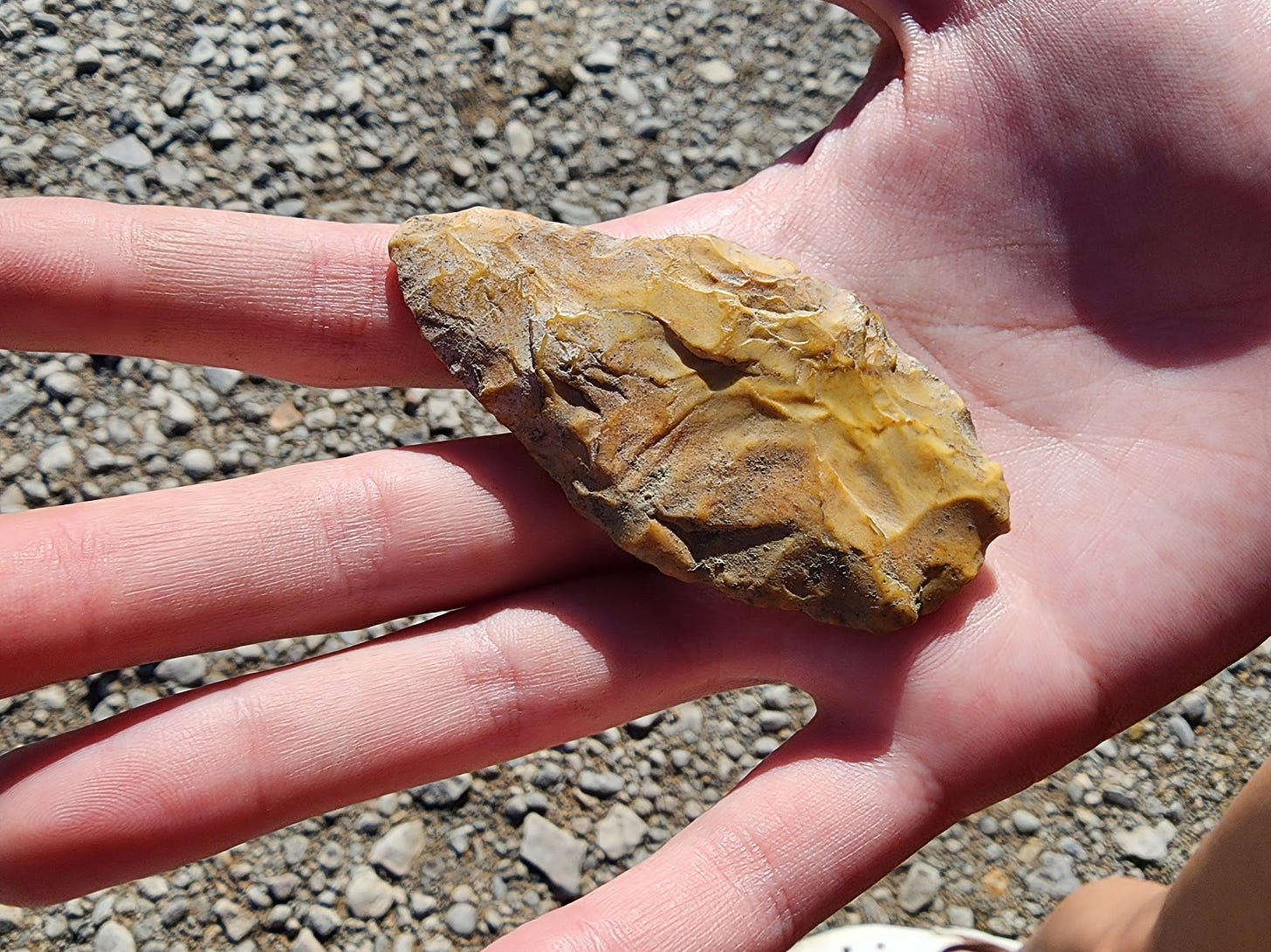
Interesting, and the information would make for a very useful educational plaque along the trail below the Red Rock Dam as there are several sandbars present at times. I hope you don't get sued for not including side bars in the list. And here's a perplexing-but easy-question: What is the name of the cattle ranch where a river runs through it which has never had a sandbar?
I love this. I'm sure sandbarring will catch on as a new word and activity!